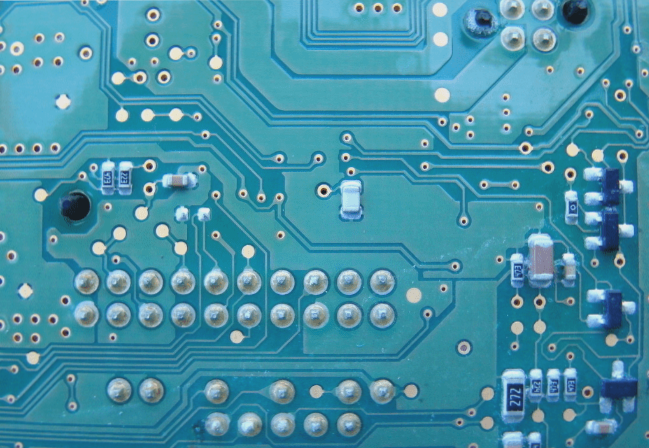Analog to Digital Conversion in PCB Design
Analog (A/D) converters have evolved from analog-centric origins to emphasize digital components in low-speed A/D converters. Despite this shift, PCB wiring criteria remain crucial for effective design.
Successive Approximation A/D Converters
- Available in resolutions of 8-bit to 18-bit
- Transitioned from bipolar to CMOS processes
- Routing strategies remain consistent
Successive approximation A/D converters utilize capacitive charge distribution topologies, with most energy consumed by internal analog circuits.

PCB Wiring Recommendations
- Connect AGND and DGND to analog ground plane
- Link analog and digital power pins to analog power plane
- Use bypass capacitance near power pins
- Isolate digital noise for higher resolution converters
- Employ external buffers for noiseless operation
For high-resolution successive approximation A/D converters, power supply and ground connections should be made to the analog plane, with the digital output buffered to isolate analog and digital sides effectively.
Σ-Δ Type A/D Converters
Emphasize digital silicon area, requiring careful cabling strategies to maintain signal integrity.
PCB Converter Best Practices
- In the past, PCB users were advised to use PCB planes to separate digital noise from analog noise.
- Modern A/D converters, like successive approximation types, come with multiple analog, digital, and power pins.
- Design engineers typically prefer segregating these pins onto different planes.
- However, separating pins may not always be the best solution, especially for 16-bit to 24-bit devices facing significant noise challenges.
- For high-resolution Σ-Δ A/D converters with a 10Hz data rate, the clock frequency can reach up to 10MHz or 20MHz.
- This clock signal drives the modulator and oversampling engine.
- In these setups, AGND and DGND pins are connected on the same ground plane, similar to successive approximation A/D converters.
- Analog and digital power pins are also linked on the same plane.
- The power plane requirements for analog and digital signals align with those of high-resolution successive approximation A/D converters.
- A well-designed floor plan is crucial and should span across at least two panels, covering 75% of the total area.
- The ground plane layer aids in reducing grounding impedance, inductive reactance, and shielding against EMI and RFI.
- If internal wiring is unavoidable on the ground plane, it should be kept short and perpendicular to the ground current loop.
- For lower-resolution A/D converters like six-bit or eight-bit devices, keeping analog and digital pins together is acceptable.
- However, as converter choices and resolutions increase, wiring guidelines become more stringent.
- High-resolution successive approximation and Σ-Δ A/D converters should be directly connected to low-noise analog ground and the power plane.





 العربية
العربية 简体中文
简体中文 Nederlands
Nederlands English
English Français
Français Deutsch
Deutsch Italiano
Italiano 日本語
日本語 한국어
한국어 Português
Português Русский
Русский Español
Español ไทย
ไทย